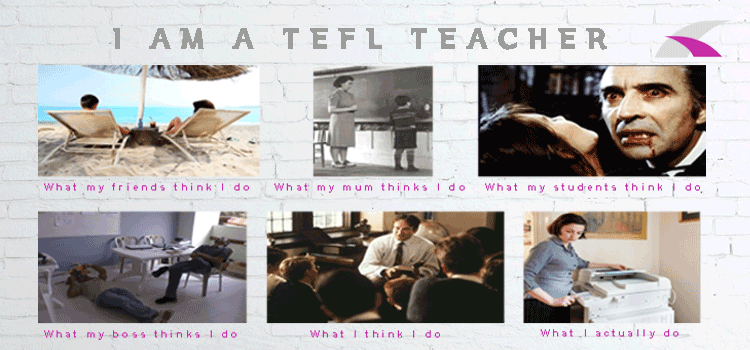Structure: Numbers
Level: Beginner
Author: Daniel Hermosilla

It is essential to have a grasp of numbers when learning a language. We need to have a knowledge of them when setting up a bank account, finding addresses, anything fiscal. Numbers longer than 3 digits can cause problems for all students of all levels but should be introduced early-on in the language learning process in a way that makes them approachable and fun.
Daniel, one of our TEFL trainers here at Oxbridge, has proposed a great way to introduce longer numbers; adding a little healthy competition into the mix to motivate students to try and succeed. The thing about many long numbers is repetition, if the students hear the sounds enough time they remember for the future. Daniel's number shootout allows for just this, and creates a fun atmosphere which activates the structure for the students in a comedic way. It's been proven most of all that students best remember language when they enjoy themselves, playing in class.
Intro: What is the date today?
What year is it?
What year was it ten years ago?
Show the students the following numbers alongside their written-out form:
57 -
fifty-seven
100 -
one-hundred
157 -
one-hundred and fifty-seven
1000 -
one-thousand
1057 -
one-thousand and fifty-seven
1157 -
one-thousand, one-hundred and fifty-seven
Activity: Two students stand up with their backs to each other.
Teacher puts cut-outs of at least 20 different numbers, ranging from 1 to 9999, into a hat and picks one out.
The teacher shows the number to the two students. The first student to read out the number (MUST be correctly) shoots out the other student.
The winner stays on to face the next challenger. This continues until a student has reached 10 points, for example. The teacher is then able to reward the winning student in the way he or she chooses.
Conclusion: How many days are in a week?
How many days are in a decade?!
About the author of the activity:

Daniel is a TEFL trainer and an Oxbridge teacher for three years now. His activities are functional, teacher friendly and straight to the point. Daniel’s teaching style is analytical and effective, combining clear objectives with good sense of humour.









